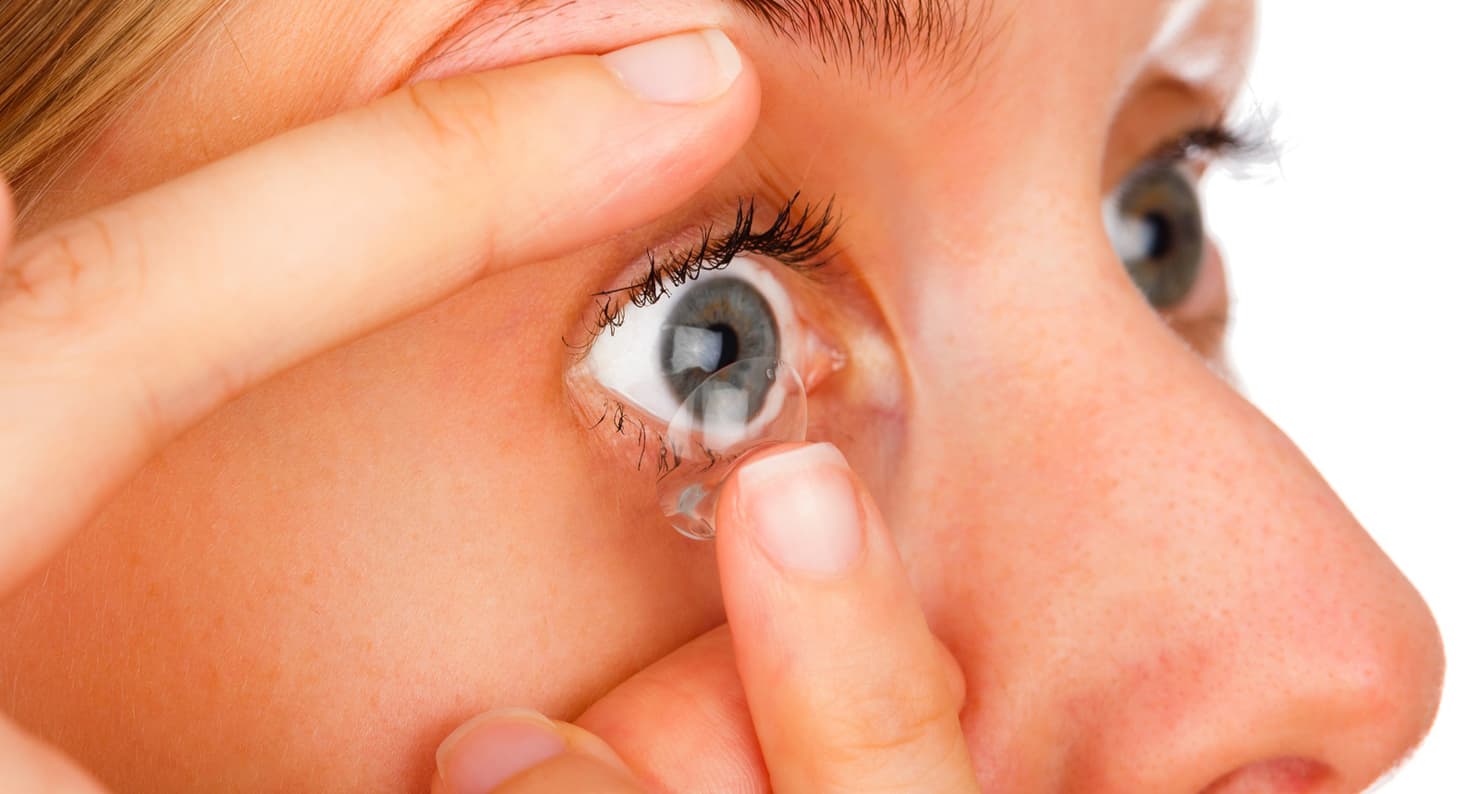Keratitis: LASIK vs. Contact Lens Wear
Published by on May 15, 2017
The article Risk for microbial keratitis: Comparative meta analysis of contact lens wearers and post-laser in situ keratomileusis patients by Jordan Masters, MD, Mehmet Kocak, PhD, and Aaron Waite, MD compared the risk for microbial keratitis in contact lens wearers with risk after laser in situ keratomileusis (LASIK).
What is Microbial Keratitis?
Microbial keratitis, or infectious keratitis is an infection of the cornea by causes other than viruses. Contact lens wear has long been recognized as a significant risk factor in the development of microbial keratitis.1
There are multiple factors that microbial keratitis can result from contact lenses, such as
- Lens type
- Wear schedule
- Hygiene
In 2010, there were 38 million contact lens wearers in the United States. There were 1 million clinical visits regarding microbial keratitis, resulting in $174.9 million over this period of time with more than $70 million in costs for Medicare and Medicaid combined.2
Are Contact Lenses Safer Than LASIK?
It is a common misconception that contact lenses are safer than refractive surgery. However, contact lens use is a temporary solution to correct refractive error such as nearsightedness, farsightedness, and/or astigmatism, and comes with risks.
Is LASIK a Cause of Microbial Keratitis?
Contact lens wear has been long established as a major cause of microbial keratitis, but recently this infection has been claimed as a potential complication after LASIK.
The risk for microbial keratitis with contact lens use increases over years of wear. The risk for microbial keratitis with refractive surgery is small, and does not increase over time. This study compares the risks for microbial keratitis in contact lens wearers versus post-LASIK patients.
LASIK vs. Contact Lens Wear Study Results

This is the first comprehensive analysis comparing the incidence of microbial keratitis in contact lens wearers versus post-LASIK patients.
A comparison of post-LASIK patients and contact lens wearers showed that soft-extended contact lens wear had on average 12 more cases of microbial keratitis per 10,000 at 1 year, or approximately 3 times as many cases.
Many people wear contact lenses over extended periods, including overnight wear, which is not healthy or safe for their eyes. Contact lens wearers make up a large population of the United States who can benefit from LASIK in terms of the risk for microbial keratitis.
This study focused on the incidence of microbial keratitis in contact lens wearers and compared it with the incidence of microbial keratitis in post-LASIK patients based on the available literature. The results showed that over time, the risk for microbial keratitis is higher for soft contact lens use than for LASIK, specifically for extended-wear lenses.
LASIK Benefits
There are many other benefits in having LASIK vs. the continued wear of contact lenses such as:
- Freedom – regain your natural vision – clear and free. Wake up, see the alarm clock and get up and go at a moment’s notice.
- Lifestyle – enjoy sports, traveling, exercising and more without the barriers of glasses and contacts. Live the active lifestyle you deserve.
- Time saver – save yourself time without a daily glasses and contacts routine. Leave behind the hassles, worries, and stress!
- Money saver – the one time cost of vision correction, like LASIK, saves thousands of dollars over a lifetime by ending the cycle of buying glasses and contacts.
References
- Stapleton F. Contact lens-related microbial keratitis: what can epidemiologic studies tell us? Eye Contact Lens 2003; 29 (suppl):S85–S89
- Collier SA, Gronostaj MP, MacGurn AK, Cope JR, Awsumb KL, Yoder JS, Beach MJ. Estimated burden of keratitis d United States, 2010. MMWR Morb Mortal Wkly Rep 2014; 63:1027–1030. Available at: https://www. cdc.gov/mmwr/pdf/wk/mm6345.pdf. Accessed November 15, 2016

Lance Kugler, MD, is a specialist in LASIK and vision correction surgery and CEO of Kugler Vision. A proud Omaha native, he is passionate about improving lives through clear vision. Dr. Kugler serves on several national boards, and his practice is recognized internationally as a center of excellence. Dr. Kugler is one of the original founders of the Refractive Surgery Alliance, an international organization comprised of over 350 of the world’s leading vision correction surgeons; he also served as its first president. In 2019, Dr. Kugler was selected as a TEDx speaker, and delivered a talk in Omaha about the worldwide epidemic of nearsightedness and refractive solutions. Dr. Kugler is an Associate Professor of Refractive Surgery at the University of Nebraska Medical Center’s Truhlsen Eye Institute, has been published in many medical journals, and participates in numerous clinical studies to advance the field of vision correction surgery. Additionally, Dr. Kugler is proud to be a Board Certified Fellow of the World College of Refractive Surgery & Visual Sciences. Dr. Kugler and his wife are proud parents to five active kids. When he has a spare moment, he enjoys skiing, tennis, travel, and fine coffee.




Leave a Reply